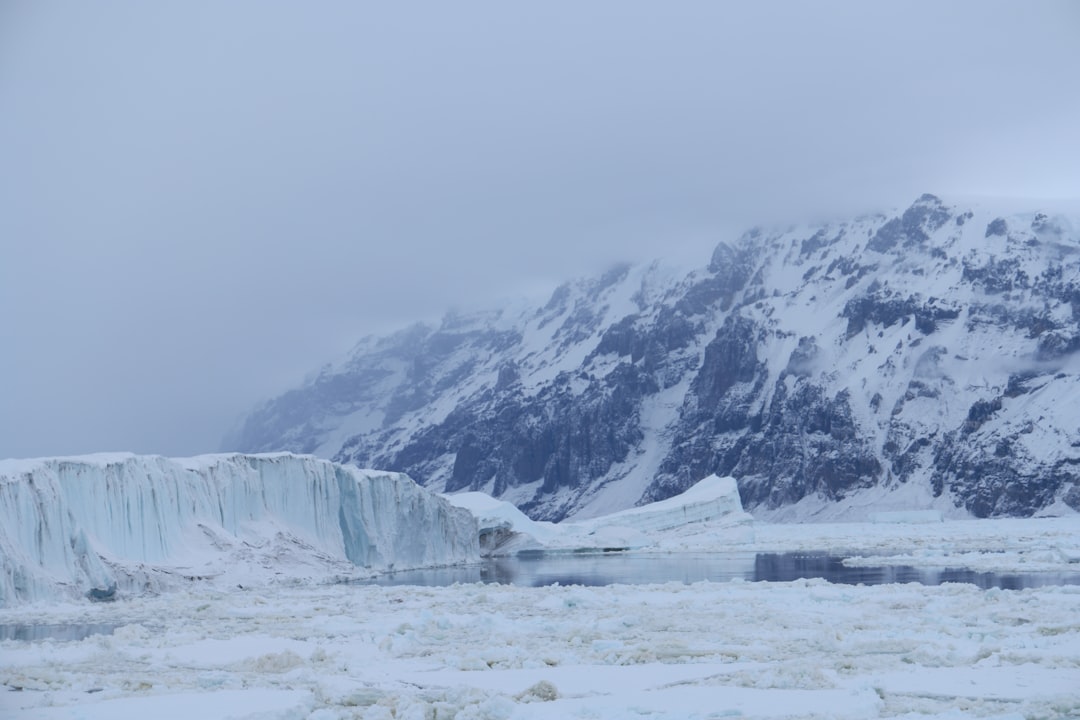
Have you heard the phrase, “Sometimes the only way out is through?”
Until a few weeks ago, I had not, and how it is usually the course with newly “discovered” things, I have seen it several times since, also phrased as “sometimes the only way past is through.”
This doesn’t mean that you should continue to batter that wall with your head until you either break through or knock yourself out. There are indeed times when you should say “No Mas.”
In practical terms, it means to me that while there are always “eureka” moments, most progress comes from perseverance. And while serendipitous breakthroughs are sexy, muddling through is decidedly not. But it ages better.
"to persist in what one has undertaken, to pursue steadily a design or course," late 14c., perseveren, from Old French perseverer "continue, persevere, endure" and directly from Latin perseverare "continue steadfastly, persist," from persevereus "very strict, earnest," from per "very" (see per) + severus "serious, grave, strict, austere," which is probably from PIE root *segh- "to have, hold," on the notion of "steadfastness, toughness."
There is some evidence that the “a-ha” method of discovery is itself a product of perseverance…of a not-quite-conscious process of mental incubation. Newton’s apple bop on the noggin would have come to nothing if he had not already been pondering weighty subjects.
Similarly, Einstein credited his “thought experiments” with his ability to work out complicated (to say the least) problems in physical science. But what of is mere mental mortals?
"I haven’t failed. I just found 10,000 ways that don’t work" - Thomas Edison
In his 2011 book “Great by Choice,” author Jim Collins describes how a slow, steady progression can be the path to sustained success. Collins told the story of the race to the South Pole in the early 20th century by two teams.
One team marched for 20-miles each day regardless of the conditions. They reached the Pole more than a month before their competitors.
The second team opted to march as far as they could on each day. If conditions were favorable they covered more ground; when poor they covered less or none at all. Sadly, they all perished just 10 miles short of their destination, and far behind the winners.
What does this teach us? That waiting for optimal conditions, may be a foolish, even perilous choice. Just get going and keep going. And make your bed before you do.
Keep on keeping on, as the old saying goes. Dream your dreams, but make sure to make continuous rather than episodic progress towards them. You’ll go further in the long run.
“Chance favors the prepared mind” - Louis Pasteur


The anecdote from Jim Collins really hits home. Another great post, Al.
He says the best way out is always through.
And I can agree to that, or in so far
As that I can see no way out but through
--Robert Frost
But Shackleton used ponies, tragically ill-suited for conditions, while Amundsen used sleds and dogs. It helps to be familiar with one's terrain.